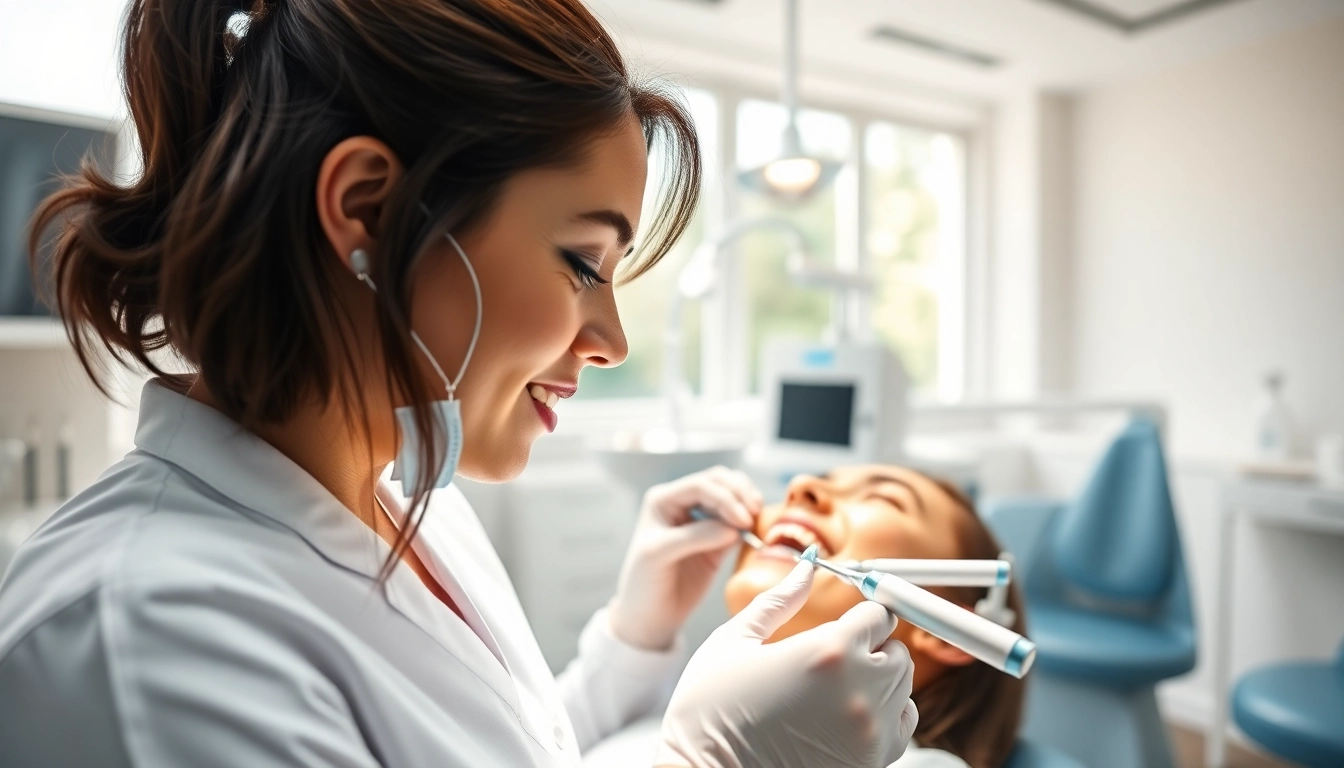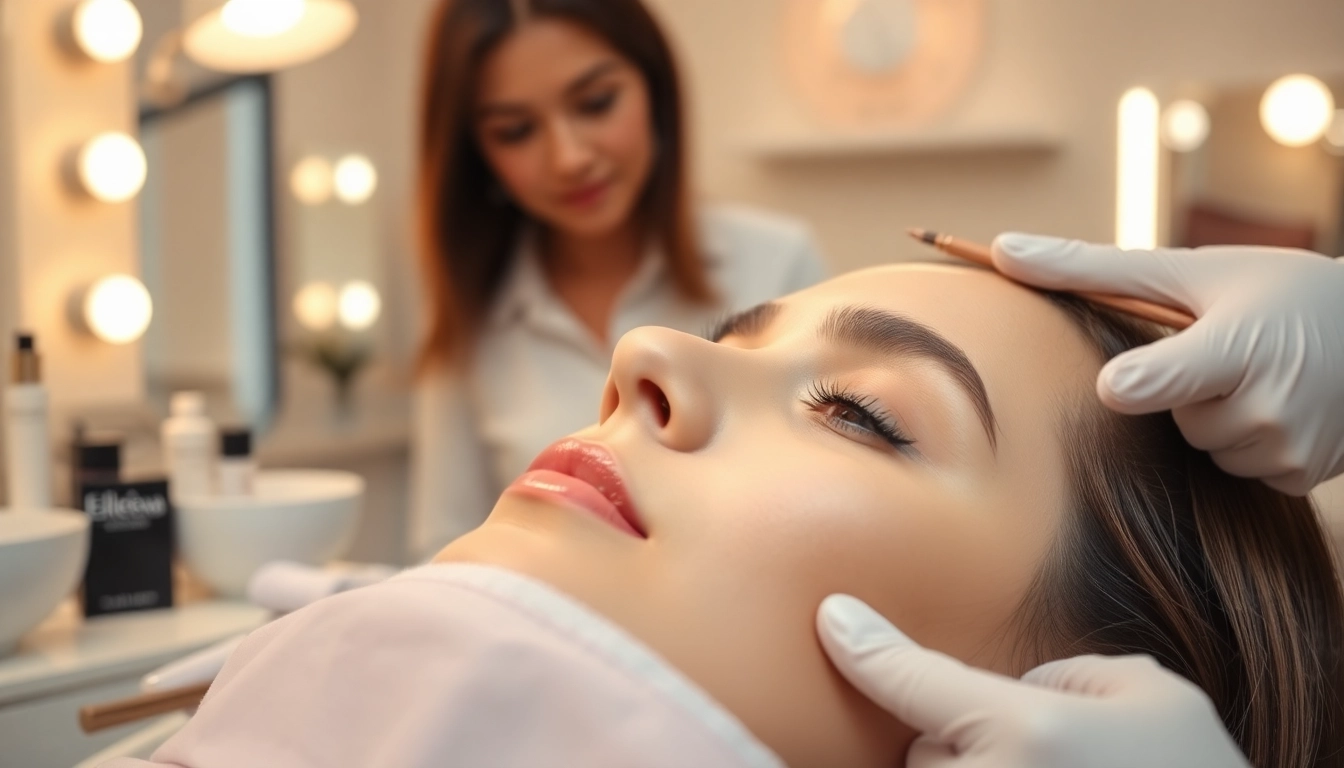Understanding the Importance of Hygiene in Dental Care
Hygiene is pivotal in maintaining overall health and well-being, especially when it comes to dental care. Proper dental hygiene not only keeps our teeth and gums healthy but also plays an essential role in preventing various diseases. By understanding the significance of hygiene principles, individuals can make informed decisions about their oral health. This article explores critical aspects of hygiene related to dental care and offers valuable insights and actionable strategies for maintaining optimum dental hygiene. For more information on hygiene practices, visit hygiene resources available online.
What is Dental Hygiene?
Dental hygiene refers to the practice of keeping the mouth, teeth, and gums clean and healthy to prevent disease, decay, and other oral issues. It encompasses various practices, including regular brushing and flossing of teeth, routine dental check-ups, and dietary choices that promote oral health. The goal of dental hygiene is not only to maintain a clean mouth but also to support the prevention of significant dental problems such as cavities, periodontal diseases, and even systemic issues linked to poor oral health.
The Role of Hygiene in Preventing Dental Issues
Maintaining good hygiene is crucial for preventing dental issues. The mouth is a breeding ground for bacteria that can lead to plaque buildup, which is the primary cause of tooth decay and gum disease. By establishing a consistent oral hygiene routine, individuals significantly reduce the risk of encountering these dental problems. Here are some fundamental benefits of good dental hygiene:
- Reduces the Risk of Cavities: Regular brushing and flossing help to eliminate plaque, thus minimizing the formation of cavities.
- Prevents Bad Breath: Maintaining oral hygiene can significantly reduce bad breath by removing food particles and bacteria.
- Enhances Overall Health: Poor oral hygiene can lead to systemic health issues such as heart disease and diabetes. Keeping the mouth clean can therefore contribute to better overall health.
Common Misconceptions About Dental Hygiene
Despite widespread awareness of the importance of dental hygiene, several misconceptions persist that may hinder individuals from practicing proper oral care. Some common myths include:
- Brushing Harder Cleans Better: This myth could actually damage enamel and gums. Gentle brushing with fluoride toothpaste is more effective.
- Dental Check-ups Are Optional: Many people believe that if they brush and floss regularly, dental visits are unnecessary. However, professional cleanings and check-ups are essential for detecting problems early.
- Only Sugar Causes Cavities: While sugar contributes to tooth decay, acidic foods and beverages can also erode enamel and lead to cavities.
Key Personal Hygiene Practices for Healthier Teeth
Daily Oral Hygiene Habits
Developing a daily oral hygiene routine is the cornerstone of maintaining healthy teeth and gums. This routine should include:
- Brushing Twice a Day: Brush your teeth at least twice daily with fluoride toothpaste. This helps to remove plaque and prevent cavities.
- Flossing Daily: Flossing removes food particles and plaque from between teeth where a toothbrush can’t reach.
- Using Mouthwash: An antibacterial mouthwash can help reduce oral bacteria further and freshen breath.
Importance of Regular Dental Check-ups
Regular dental visits are critical for maintaining oral health. Dentists offer preventive care that can help identify potential issues before they escalate into more serious problems. During these visits, professionals can:
- Conduct thorough examinations to detect early signs of oral diseases.
- Provide professional cleaning to remove tartar and plaque buildup.
- Offer personalized advice on improving oral hygiene practices based on individual needs.
The Connection Between Nutrition and Oral Hygiene
Nutrition plays a vital role in oral health. Consuming a balanced diet rich in vitamins and minerals can significantly bolster dental hygiene efforts. Key nutrients for healthy teeth include:
- Calcium: Essential for strong teeth and bones. Good sources include dairy products, leafy greens, and fortified foods.
- Vitamin D: Aids in calcium absorption and promotes bone health.
- Phosphorus: Helps in the remineralization of teeth. Foods like eggs, nuts, and fish are great sources.
Conversely, excessive consumption of sugary and acidic foods or beverages can damage enamel and lead to cavities. It is vital to limit these substances while ensuring a well-balanced diet.
Advanced Hygiene Techniques for Dental Professionals
Sterilization and Disinfection Protocols
In a dental practice, maintaining hygiene is paramount not just for patient care but also for the safety of dental professionals. Effective sterilization and disinfection protocols should include:
- Instrument Sterilization: All tools should be properly sterilized using autoclaves or chemical sterilants between patient visits.
- Surface Disinfection: Clinical surfaces should be decontaminated using appropriate disinfectants that effectively kill bacteria and viruses.
- Personal Protective Equipment (PPE): Dental professionals should always wear proper PPE, including gloves, masks, and goggles, to minimize cross-contamination risks.
Innovative Tools for Enhanced Hygiene
Advancements in technology have introduced various innovative tools that enhance hygiene in dental practices. These include:
- Ultrasonic Cleaners: Effective for cleaning instruments, these devices use high-frequency sound waves to remove debris.
- Air Purifiers: Maintaining air quality in the clinic can reduce the risk of airborne infections.
- Intraoral Cameras: Used to document oral conditions, which facilitates better communication with patients regarding their dental health.
Best Practices in Infection Control
Practicing infection control goes beyond sterilization and disinfection. Dental practices should implement comprehensive protocols, such as:
- Strictly following hand hygiene guidelines by washing hands before and after patient interaction.
- Utilizing single-use items whenever possible to prevent cross-contamination.
- Conducting regular training for all staff members on infection control measures.
Addressing Hygiene in Special Populations
Dental Hygiene Tips for Children
Establishing good hygiene practices early in life is essential for children’s dental health. Key strategies include:
- Using a pea-sized amount of fluoride toothpaste and supervising young children while brushing.
- Encouraging healthy snacking habits, providing fruits and vegetables instead of sugary snacks.
- Scheduling dental visits by the age of one or within six months after the first tooth erupts to instill a good dental routine.
Elderly Care: Hygiene Needs and Solutions
Older adults often face unique challenges that can impede proper dental hygiene. Some effective solutions are:
- Using adaptive aids such as electric toothbrushes or floss holders to make it easier to maintain hygiene.
- Encouraging regular dental check-ups to monitor and manage dental issues, such as dry mouth or root decay, that are more common in older adults.
- Providing education to caregivers on the importance of oral health for the elderly.
Hygiene Considerations for Patients with Disabilities
Patients with disabilities may experience challenges in maintaining oral hygiene. Addressing these needs can involve:
- Customizing dental care based on individual abilities and requirements.
- Incorporating assistive devices that facilitate better brushing and flossing.
- Educating patients and caregivers about alternative oral hygiene strategies that may be more manageable.
Monitoring and Evaluating Hygiene Practices
Key Performance Indicators for Dental Hygiene
Establishing benchmarks for measuring the effectiveness of dental hygiene practices can enhance both patient care and practice efficiency. Key performance indicators (KPIs) may include:
- Rate of cavity occurrence among patients.
- Patient retention rates, which can indicate satisfaction with hygiene practices.
- Compliance with scheduled preventive visits.
Feedback Mechanisms for Continuous Improvement
Continuous improvement is integral to providing exceptional dental care. Feedback mechanisms may involve:
- Patient surveys to gather insights into their perceptions of hygiene standards.
- Regular team meetings to discuss hygiene compliance and identify areas for improvement.
- Implementing a quality improvement team that focuses on hygiene processes.
Educating Patients on Hygiene Importance
Educating patients about the significance of hygiene practices fosters their engagement and commitment to oral health. Strategies for effective education include:
- Providing educational materials that cover proper oral hygiene techniques.
- Conducting workshops or informational sessions focused on dental care.
- Utilizing technology, such as videos and apps, to illustrate the consequences of neglecting hygiene.



